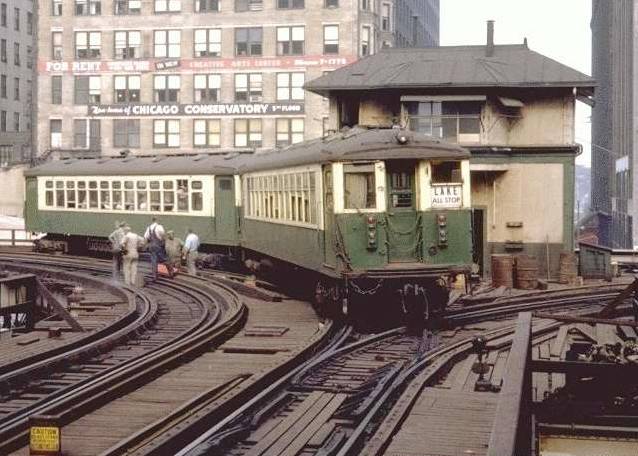The 1920s was a great period of change for Americans. The post-war prosperity and Government policies lead to an economic boom. Immigrants fled into the country to escape Europe’s post-war poverty and with the nineteenth amendment giving women the right to vote, American society was going under a big change. Like all change, these changes which took place in such a short space of time attracted the growth of many opposing parties. Such groups were the anti-flirt league, who opposed revolutionary young women, known as ‘flappers’. Perhaps the most recognized opposing group at the time was the Ku Klux Klan, which had been revived recently and gained immense membership throughout the early twenties when it reached five million members. The Ku Klux Klan is a violent hate group who opposed Blacks, Catholics, Jews, immigrants, unionists, and bootleggers in the 1920s to name a few. The reason for the Ku Klux Klan’s uprising in the 1920s is that people feared the change that was taking place in America, and they wanted to band together to try and uphold ‘American White Supremacy’.
In Chudacoff’s book, the author mentions the historian Kenneth T. Jackson estimated that half the Klan’s membership “lived in cities of over fifty thousand people”. Also he states that Chicago, with an estimated fifty thousand Klansmen, “contained the largest operation in the country.”(Chudacoff 235). Moreover, Jackson states : “At the time, the “Invisible Empire” was known for anti-Catholicism as much as for white supremacy and anti-Semitism, and Chicago had an abundance of all three targets. The Chicago Klan drew its primary support from lower-echelon white-collar workers, small businessmen, and semiskilled laborers, all of whom resented the growing influence of persons who did not meet the Klan’s definition of “one hundred percent American.” (encyclopedia.chicagohistory.org)
On the other hand, in New York City, the Klan was not as violent as cities in the south and in rural places: “In cities, Klansmen often turned to politics rather than using violence and display to achieve their goals.” (Chudacoff 235). One example of the ways of the Klan to try to achieve its goals was in the Democratic National Convention: “The Klan issue played a significant role at the bitterly divisive 1924 Democratic National Convention in New York City. The leading candidates were Protestant William Gibbs McAdoo, with a base in areas where the Klan was strong, and Catholic New York Governor Al Smith, with a base in the large cities.” (Wiki)
Bibliography
Jackson, Kenneth T. The Ku Klux Klan in the City, 1915–1930. 1967.
Encyclopedia Chicago History.org

- Ku Klux Klan 1920’s-Altar with K eagle in black robe at a meeting of nearly 30,000 Ku Klux Klan members from Chicago and northern Illinois.Library of Congress Prints and Photographs Division Washington, D.C. 20540 USA

Cover of sheet music for the song "We Are All Loyal Klansmen"-It is copyright 1923 by William Davis, William M. Hart, Charles E. Downey, and E. M. McMahon

Ku Klux Klan parade in New York State, 1924












